In an article published online March 21, the Columbus Dispatch cited a Realtor.com study that asserted Columbus is the second-most-affordable large city in the country for renters and that we should be willing to accept $1,933 per-month rent as “affordable.”
On behalf of the Affordable Housing Alliance of Central Ohio, I disagree.
Emphatically.
As Mayor Andrew Ginther, the Dispatch Editorial Board, and many others with actual, on the ground experience in central Ohio noted recently, the housing burden thousands of our neighbors face is real and it is growing.
Expecting workers earning less than $15 per hour, let alone retirees, to fork over three-quarters of their income for housing is ludicrous. Calling it “affordable” considerably misses the mark.
The demand for affordable housing is at an all-time high and far exceeds the number of units being built or preserved as affordable in the region and throughout Ohio.
The study came to what we feel are erroneous conclusions by assuming that renters would have the same median income as homeowners. They clearly don’t. Other, more reliable, studies show only 30 affordable housing units are available for every 100 extremely low-income households in the greater Columbus area.
Affordable Housing Alliance of Central Ohio,estimates 54,000 low- and moderate-income households in Franklin County pay more than half their income towards housing costs. A Building Industry Association study from 2020 – before the region’s welcomed job gains were announced – concluded that we need to build 14,000 to 21,000 new homes per year just to keep up with growth.
Yet I believe Columbus is poised for extraordinary success to overcome these challenges.
Ginther is leading a housing strategy, Columbus City Council is advancing legislative solutions, leaders across the region are uniting behind a housing coalition, and state officials are crafting powerful housing incentives, such as a new Workforce Housing Credit that will help build “missing middle” apartments that cater to the employees of our future and their families.
We cannot be complacent. With growth coming to Central Ohio, more housing—and more affordable housing—is essential.
As Ginther noted, “as we grow, housing must be the priority, not an afterthought.”
Two decades ago, Austin, Seattle, and Nashville were trendy communities with affordable homes and a wait-and-see attitude. Unfortunately, they let the opportunity to promote safe, quality and affordable housing that serves a range of incomes slip away. We simply cannot make that same mistake.
Together, as a region, we must raise the resources to expand affordability, modernize our land use and zoning laws to grow our homes at the same pace we’re growing our economy, help the next generation unlock the power of homeownership, and ensure that the most vulnerable among us always have a place to call home.
Bob Bitzenhofer is chair of the Affordable Housing Alliance of Central Ohio, a nonprofit, nonpartisan organization dedicated to protecting and promoting housing affordability across the region.
